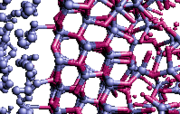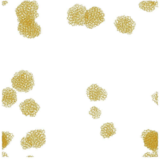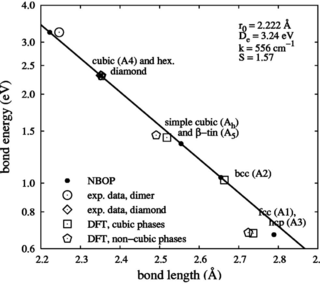A Tale of Scales: Dynamics of Complex Materials
E. Berger
Licentiate Thesis
(2025)
url: https://research.chalmers.se/publication/546649
Complex materials, such as amorphous solids, liquid-solid mixtures, or aggregates of organic molecules, offer vast possibilities for scientific and technological advancement. In recent years, the capabilities of computationally understanding and predicting material properties have experienced rapid progress, but these are in many cases still limited to ordered crystalline solids. Complex materials exhibit relevant structure and dynamics on a wide range of spatio-temporal scales, so for investigating them a multi-scale modeling approach is necessary. In this context, efficient methods for sampling and computation of observables are crucial. Additionally, understanding of complex materials can benefit from close comparisons between computational predictions and experimental observations.
This thesis contains contributions to the study of dynamics of complex materials at different length and time scales and is based on three papers. The first paper revolves around atomic-scale investigations and accompanies a software package developed for computing correlation functions from molecular dynamics trajectories, which have a strong tie to experimental observables. The second paper studies nuclear quantum effects on thermal properties through large-scale simulations. The third paper is a case study of applying a multi-scale modeling approach to investigate surfactant-surface phase behavior, which dictates the functionality in many applications. This behavior is challenging to model due to the combination of inorganic surfaces, liquid solvent, and supramolecular assemblies of organic molecules. Thus, a multi-scale modeling approach is required, which spans the atomic and continuum level. In this case, comparison to experiment is enabled via the computation of the optical response.



